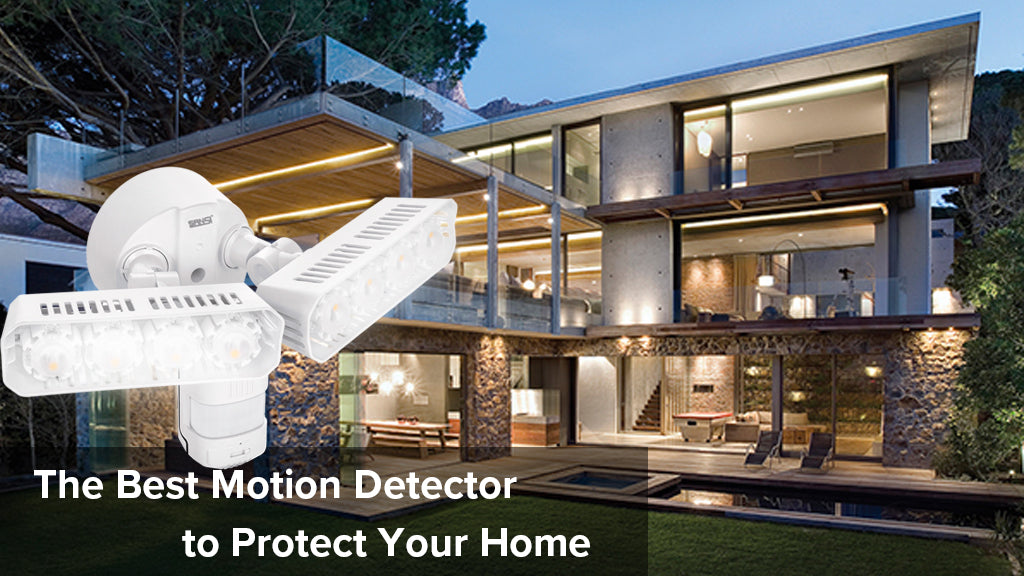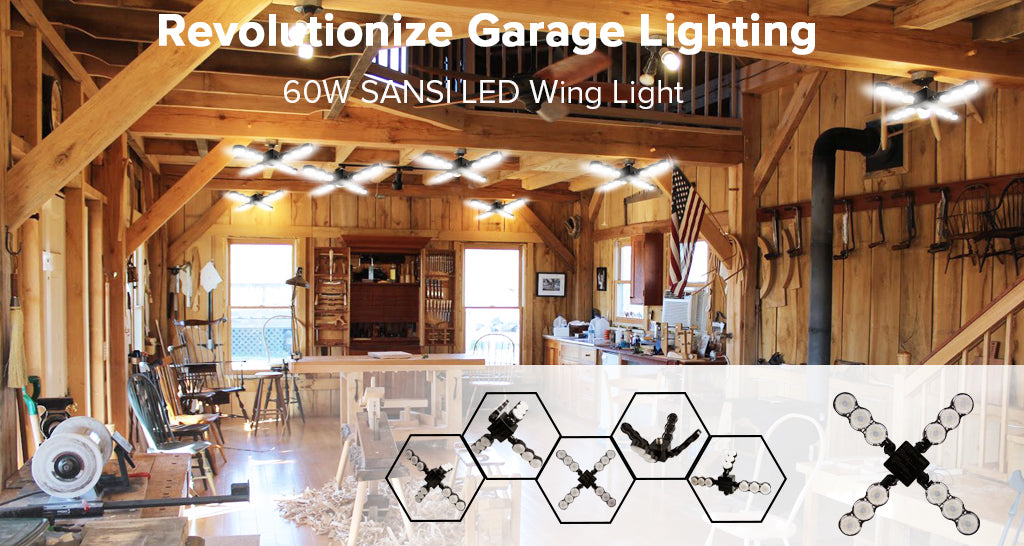
Motion sensors are an integral part of a security system; this is because it is the main device in detecting the presence of an incoming object. In regards to motion sensors, it is important to realize there are different types of motion sensors and how each one can be used optimally. Once you know the different types and their various benefits it will be clear to see which motion sensor is the best to be within a security light.
What are Motion Sensors Used For?
The name of motion sensors is pretty self-explanatory, for most properties motion sensors are there to sense intruders. One benefit of having a motion sensor is that it is reactionary. This means that once motion is detected it will sense it and react either by informing the security system or causing a security light to illuminate.
Although motion sensors are used to identify intruders they’re also used for other things:
- Seeing if your children are home late
- If you have a driveway can sense and illuminate if somebody is parking inappropriately near your home
- Let your pets know they’re in the wrong area etc...
What Are the Different Types of Motion Sensors?
There are various ways in which a motion detector senses motion from a person or object. Among these different types of sensing, motion comes from different prices and practicalities. Although there are many various types of motion sensors this blog will only mention 3 of the most popular types found in residential and commercial security systems and lights.
Passive Infrared (PIR) Motion sensors
In general security systems, this may be one of the most common types of motion detection used. PIR sensors are sensitive to IR (infrared radiation) and are useful for identifying people or animals at night time. In terms of their accuracy, resolution, and precision PIR sensors are incredibly effective considering their price. The only negative to having a PIR sensor is that they can’t be used during the daytime as sunlight will interfere with their sensitivity.

Microwave (MW) Sensors
Microwave sensors are also a common motion sensor in security systems. They work by emitting microwaves and measuring the time for these waves to reflect back. This is called the Echo time. If an object was to move within the vicinity of the microwave’s detection zone, the echo time would change causing the light or alarm to be triggered. The main advantage this type of sensor would have over a PIR sensor would be its consistent detection of overall temperatures. Unlike PIR’s that can be under sensitive in high temperatures and oversensitive in cold temperatures. However, the cost and energy consumption of a Microwave motion sensor compared to a PIR is quite a bit more.

Ultrasonic Sensors
Ultrasonic sensors emit sound waves at a frequency too high for humans to hear. Ultrasonic sensors work similarly to microwave sensors in that they both send out waves and wait for the waves to reflect back to the source. For home security systems they are much less common than Microwave and PIR’s. Although they are reliable and effective in sensing objects and motion. They’re far more complicated and expensive to install and program into a security light than a PIR or microwave sensor.

Conclusion
It is important to note that each of these three types of motion sensors are effective. If you use any of these three types of sensors your home will be more secure and safe. However, this blog is here to consider what is the most appropriate sensor for LED security lights. Overall, each of these motion detectors has its pros and cons but the most practical and cheapest motion detector would be the PIR sensor. PIR sensors are the best option for security lights because they’re cheap and effective. They’re also easily adaptable in terms of their detection range and being pet-sensitive just by simply changing their lens within the sensor. Due to their adaptability and cost-effectiveness, PIR sensors would be the best option for a residential or commercial security light.
What LED Security Lights Have PIR Sensors?
The SANSI 36W Security Light not only uses a well-engineered PIR sensor, but the design and materials used for these LED lights are also centered around quality and energy-efficiency.
Design
The most striking part of this security light for me when I first saw them was the large twin heads with 4 LED modules each. The adjustable long heads make this light able to illuminate a really wide coverage area.
In terms of energy savings, this light also really succeeded my expectations. Each LED module is a ceramic heat sink. Ceramic heat sinks combined with a hollow lamp body promote a huge amount of heat dissipation, Prolonging the life of the light.
 |
Power(W) | Lumens | Kelvins | IP Rating | Bean Angle | Lifespan hrs | Modes |
| 36W | 3600lm | 5000K | IP65 | 180 | 50,000 | 4 |
As you can see from this specifications table, this SANSI outdoor LED Security Light has everything you need. A bright beam, durability, long lifespan and 4 working modes. The 4 working modes this light was the main reason I chose them. The light can be illuminated continuously for 6 hours in on-time mode and can work off a D2D mode. Making this light saves energy through its bright beam and low wattage use but also with its automatic D2D mode.
If you would like to purchase one of these cost-effective lights, then click here to learn more SANSI security light.





Leave a comment
All comments are moderated before being published.
This site is protected by hCaptcha and the hCaptcha Privacy Policy and Terms of Service apply.